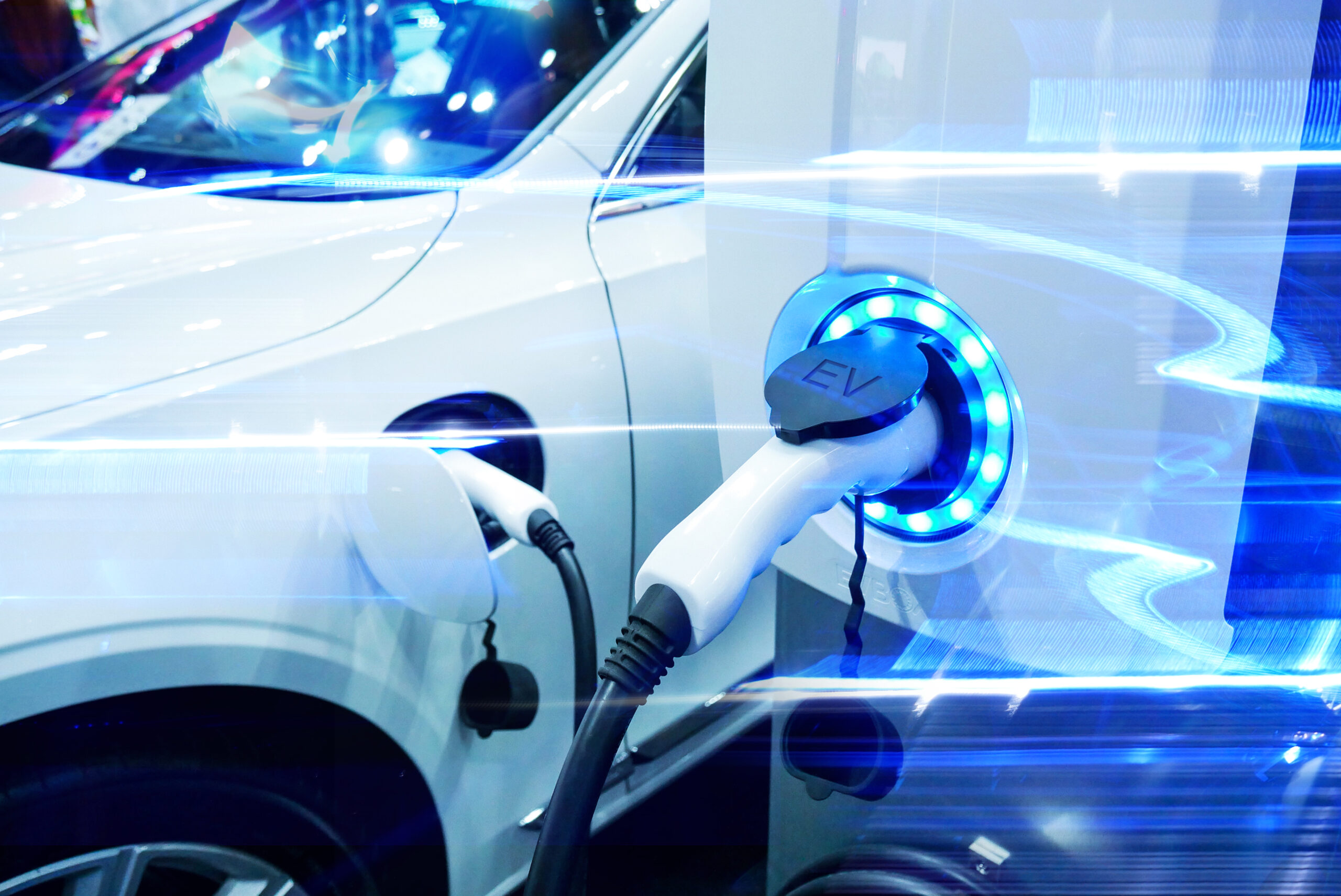After a marathon weekend in Washington DC, a health and energy bill has been passed by the Senate, a skinny version of the failed Build Back Better Act, in the form of the oddly-named Inflation Reduction Act of 2022 (the “Bill”). It should pass the House this Friday, and get a Presidential signature shortly thereafter. In the meantime, we can dig into this thing to see what’s in it. Lucky for us, there really aren’t too many new tax law provisions in it, so our typical tax planning isn’t impacted all that much. But there are some new credits on the way for many of you to consider, as well as some historic funding to rebuild the IRS.
The Bill itself is 755 pages, but not very tax-heavy, at least for my clients. A lot in there on lowering prescription drug costs, investments in domestic energy production, and promoting clean energy solutions.
Here’s a summary of the tax related stuff, or at least the items that might impact our clients, to help sort it out for you and save you some reading:
REVENUE PROVISIONS
Corporate Alternative Minimum Tax (C Corporations)
The Bill brings back the corporate alternative minimum tax (AMT) which had been eliminated by the Tax Cuts and Jobs Act, for tax years beginning after 2022. It will only apply to domestic C Corporations with income over $1 Billion annually, or foreign-parented C Corporations with income over $100 Million, and it will impose a 15% AMT on certain “book” income. Hint: none of my clients fall into either of those categories.
IRS Funding
The Internal Revenue Service will receive $80B in funding, to add auditors, improve customer service, and modernize their technology. Those investments are expected to generate over $200B in new tax revenue, by tackling tax cheats and increasing taxpayer compliance.
Budget cuts and staff losses over the past decade have left the IRS decimated and unable to perform its primary functions. This investment will help them rebuild, and continue to focus on closing the “tax gap.” The tax gap is the difference between what should be collected by the IRS and what is actually collected by the IRS. In recent years, the lack of resources by the IRS to enforce the nation’s tax laws have been leveraged by taxpayers to lower their tax bills, and it is believed that this investment in IRS resources can pay for itself with an increase in revenue.
There are no actual changes to the Internal Revenue Code, so no new tax laws to consider here. Roughly 87,000 jobs are intended to be added over a 10 year period, across all departments, and yes many of those hires will be in the enforcement area, so more audits are on the way.
Stock Buyback Tax
The Bill includes a 1% excise tax on corporate stock repurchases set to go into effect at the beginning of 2023. This may cause a flurry of buybacks for the remainder of 2022, and could cause corporations to pay out more in dividends beginning next year.
SPENDING PROVISIONS
Affordable Care Act (ACA) Premium Subsidies
The bill extends ACA provisions from the American Rescue Plan Act of 2021. Specifically, the expansion of affordability percentages used in calculating the premium tax credit to make credits available for individuals with incomes above 400% of the federal poverty line, as well as credit amounts for those already qualified, now stay in place through 2025. Without the extension, these provisions were set to expire at the end of this year.
Residential Energy Incentives
The credit for nonbusiness energy property, which expired at the end of 2021, is modified and extended through 2032 by the proposal. This credit applies to energy efficient windows and doors, as well as certain HVAC systems and heat pumps, and the lifetime maximum for the credit is replaced with an annual limit of $1,200. The residential energy efficient property credit, renamed the clean energy credit, is extended through 2034.
Rebates will be available under the HOMES program for projects such as retrofits achieving certain energy savings, heat pumps for heating or cooling, heat pump water heaters, electric stoves/cooktops/range/ovens, electric load service center upgrades, insulation, air sealing and ventilation, and electric wiring.
Electric Vehicle Tax Credits
The tax credit for the purchase of clean vehicles (which includes both plug-in electric vehicles and fuel cell vehicles) is extended through 2032, and is modified a bit. The Bill eliminates the limitation on the number of vehicles produced by a specific manufacturer. However, the credit imposes sourcing requirements on the critical components of the vehicle and battery systems. So only vehicles assembled in North America and also sourced their critical minerals in the battery from the US, or a country with a free trade agreement with the US, will qualify. So we await that list of eligible vehicles.
The Bill allows for the tax credit to be applied upfront, at the dealership, at the point of sale, without the need to claim the tax credit the following year on your tax return. (If you end up not qualifying for the tax credit the following March/April when your tax return is completed, because your income ended up being too high to be eligible, the entire amount of the credit must be paid back, and the recapture of the credit will be added to your tax bill, OUCH!).
The maximum amount of the credit remains at $7,500, but now includes income limitations, as well as limitations on the manufacturer’s suggested retail price (MSRP). To qualify for the tax credit, buyers should have modified adjusted gross income of less than $150K (single), $225K (head of household), or $300K (married) in the year of purchase, or the tax year prior to purchase. And only vehicles with a MSRP of $55K or less for cars, and $80K or less for trucks, pickups, and SUV’s will be eligible for the credit.
A new credit of up to $4,000 is also available for the purchase of a previously-owned clean vehicle, subject to income limitations, through 2032. To qualify for this tax credit, buyers should have modified adjusted gross income of less than $75K (single), $112.5K (head of household), or $150K (married) in the year of purchase, or the tax year prior to purchase.
The Bill also contains a new tax credit for up to 30 percent of the purchase price of a qualified commercial electric/fuel cell vehicle acquired after 2022 and before 2033. I can’t tell from reading the Bill exactly what it takes to qualify as a “commercial” vehicle, so we await guidance on that. Only one credit per vehicle identification number (VIN) is allowed, so business owners that plan to buy a vehicle that will have both business and personal use will have to wait and see how this definition pans out.
Proposals Not Included in the Bill
No extension of the larger, temporary 2021 Child Tax Credits
No change or extension to the infamous SALT (State and Local Tax) deduction limitation of $10,000
No closing of the carried interest loophole that is so highly coveted by hedge fund managers and private equity firms









